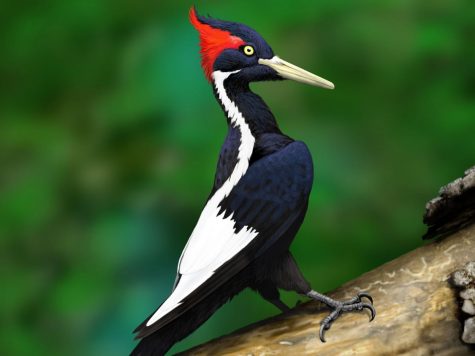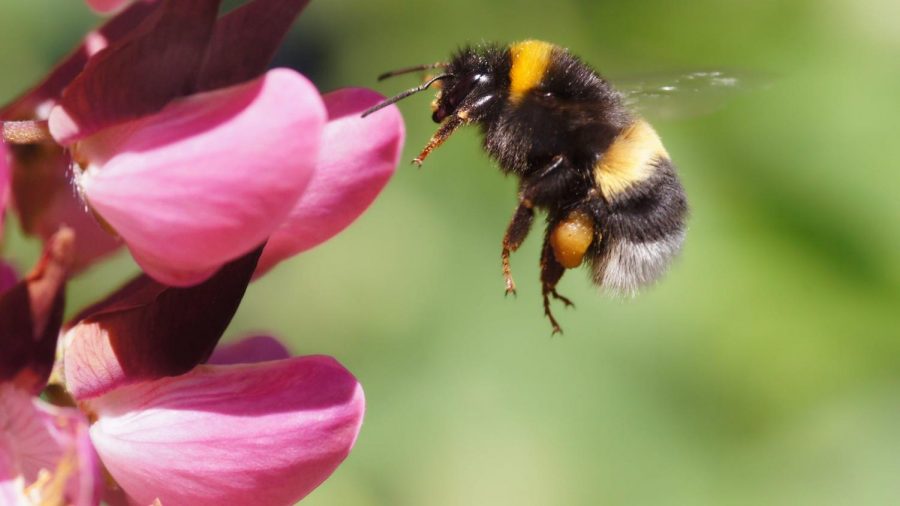American Bumblebee In Danger? (Alongside Others)
October 25, 2021
The American bumblebee is a species of bumblebee native to North America and can be found in eastern Canada, the eastern part of the United States, and much of Mexico.
Currently, the species has been dwindling in terms of population at an alarming rate, having disappeared almost completely from eight states: Maine, Rhode Island, New Hampshire, Vermont, Idaho, North Dakota, Wyoming, and Oregon. The species has also decreased by 89% in the past two decades across the United States and a petition is calling for the American bumblebee to be placed under the Endangered Species Act (ESA) before they disappear forever.
“The American bumblebee was once the most common bumblebee species in North America, but without immediate action to protect it under the ESA, it will continue its alarming decline towards extinction,” the petition authors wrote.
The cause of this decline in the American bumblebee species has been listed in multiple threats such as loss of habitats, diseases, pesticides, climate change, and competition with non-native honeybees.
The American Bee isn’t the only species facing extinction. “More than 38,500 species around the world have been identified at risk for extinction”, according to an article from The Boston Globe, nearly quadruple the number from 2000. For example, the Massachusetts state bird, the black-capped chickadee, is at risk of disappearing from the state almost completely by 2050, the North Atlantic right whale has been dwindling in population, and there are only 65 adult bog turtles left in Massachusetts.
Several animals have been listed as extinct already. On September 28, 2021, around 23 species were declared extinct and are to be removed from the endangered species list, including the ivory-billed woodpecker, the largest woodpecker in the United States, the Bachman’s warbler, a songbird from the southeastern United States, and the Kauai O’o, a Hawaiian forest bird. Many of these species were most likely extinct by the time the ESA had been passed in 1973, so it’s unlikely that any efforts towards conservation would’ve saved them.

The ivory-billed woodpecker is one of the twenty-three species announced to be extinct.
“The Endangered Species Act wasn’t passed in time to save most of these species,” said Noah Greenwald, endangered species director at the Center for Biological Diversity, a nonprofit group. “It’s a tragedy.”
This leaves the question: What can be done to stop this?
Government-wise, the Biden administration has proposed spending $22.3 million for the program that assesses whether species are threatened or endangered and should be added to the list, but according to Jacob Malcom of the Center for Conservation Innovation at Defenders of Wildlife, “That’s not enough for the service to do what they need to do”. His group is currently urging Congress to more than double the amount. “That’s what the agency needs to do its work in a timely fashion,” he said.
Greenwald has also stated that more must be done from politics to insulate the process of protecting species. “The program for listing species has just been plagued by political interference, bureaucratic malaise, and a lack of funding”, he said. “That has had real consequences for species, with some going extinct waiting for protection.”
The World Animal Foundation has also listed ways in which the general public can help endangered species, such as preventing soil erosion and advocating for conservation. The full list can be found here.









